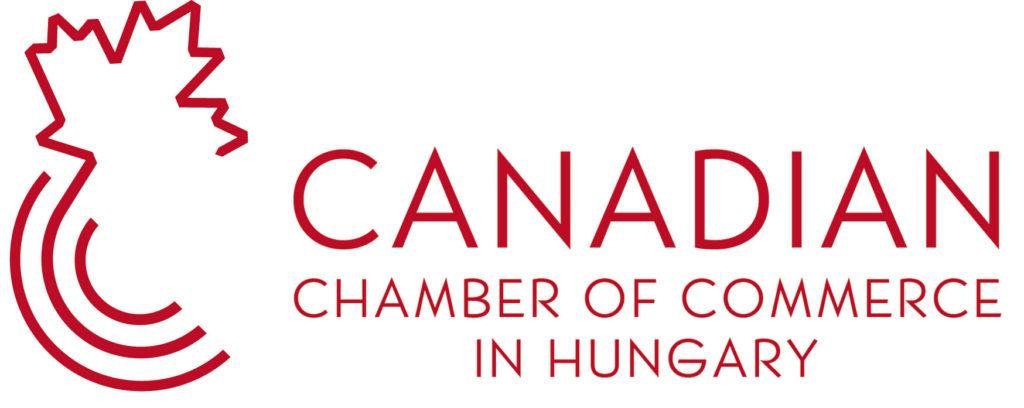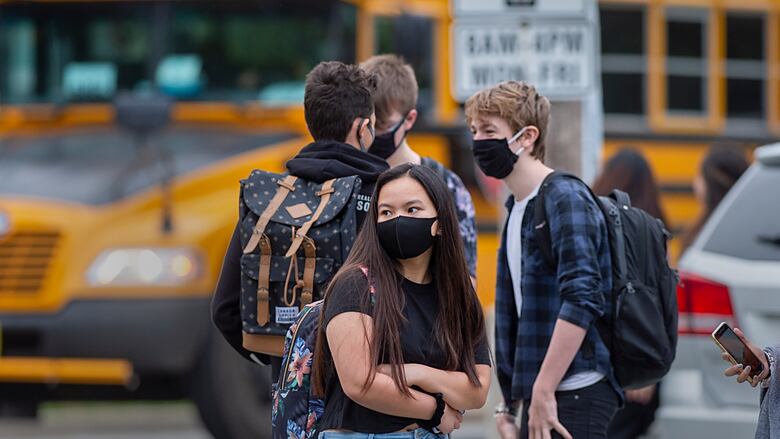Canada is hosting the 51st G7 Summit in Kananaskis, Alberta from June 15 to 17, 2025. Under the leadership of Prime Minister Mark Carney, the summit convenes amid a volatile international climate. US tariffs, wildfire threats, AI ambitions, and Middle East security headline the agenda.
Canada’s Strategic Priorit
Peace & Security Diplomacy
Mark Carney will guide discussions on the escalating Israel–Iran conflict and ongoing Ukraine war, aiming to maintain de-escalation efforts and diplomatic balance.
Trade and Tariff Pressure
U.S. steel and aluminum tariffs loom large, straining Canada–U.S. relations. Japan and Australia are likewise pressing the U.S. for relief, signaling broader global economic concerns.
Technological Leadership & Economic Growth
The summit will explore how artificial intelligence and quantum computing can spur economic resilience—while safeguarding cryptography, privacy, and tech-driven public services.
Crisis Mitigation & Environmental Response
Wildfire Readiness
With over 225 active wildfires across Canada—120 out of control and 3.7 million hectares burned—leaders will discuss the “Kananaskis Wildfire Charter,” promoting cross-border cooperation, satellite monitoring, and shared emergency response assets.
Energy Security
Affordable, diversified energy supply remains a focus amid pandemic-era shocks. Carney seeks partnerships to optimize infrastructure investment and broader energy resilience.
Summit Format: A Shift Toward Pragmatism
No Joint Communiqué
To avoid confrontation, especially with President Trump, Canada has opted for issue-specific chair summaries instead of the usual summit communiqué.
Bilateral Diplomacy & Global Reach
The longer summit duration allows for numerous bilateral talks. Invited leaders include representatives from Ukraine, India, Australia, Brazil, Mexico, South Africa, South Korea, NATO, the UN, and the World Bank.
Implications for Canada–Hungary Business Ties
Trade & Tariff Signal
Canada’s firm stance against U.S. steel and aluminium tariffs echoes in Europe; Hungarian exporters should monitor whether G7 positions influence broader Western trade alignment or WTO reform.
Technology Collaboration
G7 focus on AI and quantum presents opportunities for Canadian–Hungarian partnerships in research grants, supply chain integration, and start‑up exchange programs, especially given both countries’ interest in tech resilience.
Conclusion
Canada’s hosting of the G7 Summit amid global uncertainties—from tariffs and Middle East tensions to technology innovation and wildfire crises—marks a pivotal moment for its diplomatic and economic strategy. By balancing multilateral engagement, crisis management, and tech leadership, Ottawa aims to elevate Canada’s profile as a pragmatic and collaborative partner. Hungarian and Canadian businesses monitoring post‑summit developments should pay close attention to shifts in trade policy, tech-innovation frameworks, and emergency-response cooperation.
For the latest updates and insights on Canadian-Hungarian economic relations and merely Canadian economic news, follow the Canadian Chamber of Commerce in Hungary accross our platforms.
Written for the Canadian Chamber of Commerce in Hungary News Section as part of our ongoing coverage of developments affecting Canadian trade, economy and international partnerships, June 2025





